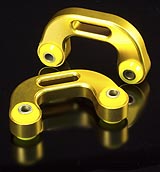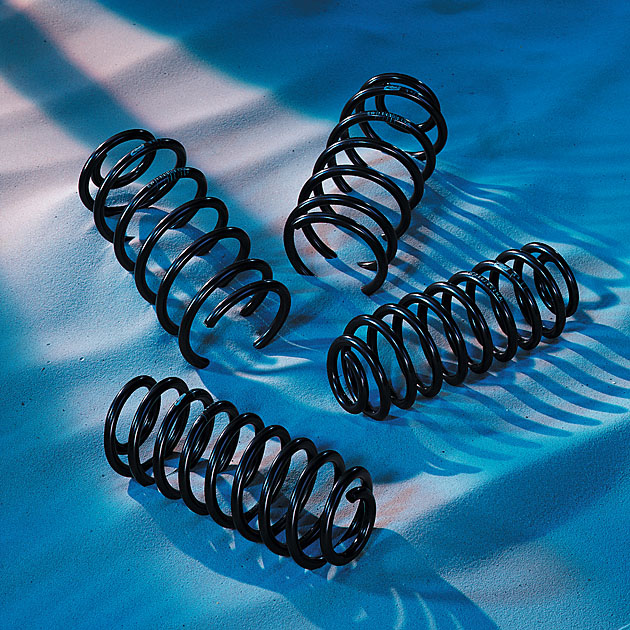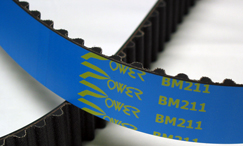Freeze Treated Brake Discs

See the range |
Why
Cryogenically Treated Brake Discs?
Stress is put into materials at many stages in the production process through casting, forging, machining, welding, even heat treating can place different types and levels of stress into a component.
Cryogenics is the ultimate in stress relief and can be applied to various materials. The reason cryogenics is so effective is the micro structures within the material become far more uniform. Cryogenic hardening is a cryogenic heat treating process where the material is cooled to approximately −185 °C (−301 °F), usually using liquid nitrogen. This process is known to convert a soft, unstable carbon impurity known as Austenite to a more stable form called Martensite. The material is then typically heated to form a "tempered" form of Martensite, resulting in extremely fine grained, evenly distributed carbides in the steel making a harder, stronger, and more durable material, increasing its strength and hardness. Cryogenically treated steels show more uniform hardness than non-treated steels. There is a modification in the carbon microstructure of cryogenically treated steels. Before and after micrographs show the formation of carbides within the steels. The technical description of this is called "the precipitation of eta-carbides".
This mechanism is what contributes to the dramatic increase in wear resistance of cryogenically treated steels. Steel is, at its most basic formulation, iron (Fe), a metal, and carbon (C), a non-metal. The carbon is dissolved chemically into the iron and is what provides wear resistance. In other words, high carbon content equates to high wear resistance.
Hence, this tweaking to the carbon microstructure, through the precipitation of eta-carbides, has dramatic impact on the wear resistance of cryogenically treated steels and cast irons (brake rotors, for instance. Note that cast irons - rotors - are even higher in carbon content, 2% to 3%, for instance). That's why parts that are cryogenically treated typically wear 2X to 3X longer than untreated steels.
Based on Einstein's (and Bose's) observation that matter is at its most relaxed state when it has the least amount of molecular activity of kinetic energy, when we freeze the components, we are actually removing heat, or reducing the molecular activity in the metal. This relaxes the metal and reduces residual stresses in the metal. It is these stresses that propagate when the part is put into service and causes failure due to fatigue. Hence, by reducing residual stresses, you greatly reduce failure due to cracking or what people term "metal fatigue".
After cryogenic treatment, brake rotors should not distort (warp or twist) and therefore brake judder caused by warping should be eliminated. In addition, rotors typically perform in service at least twice as long and more typically three times longer than non treated rotors and discs. |




























